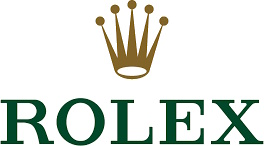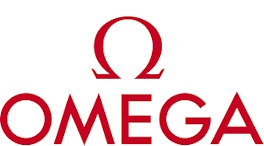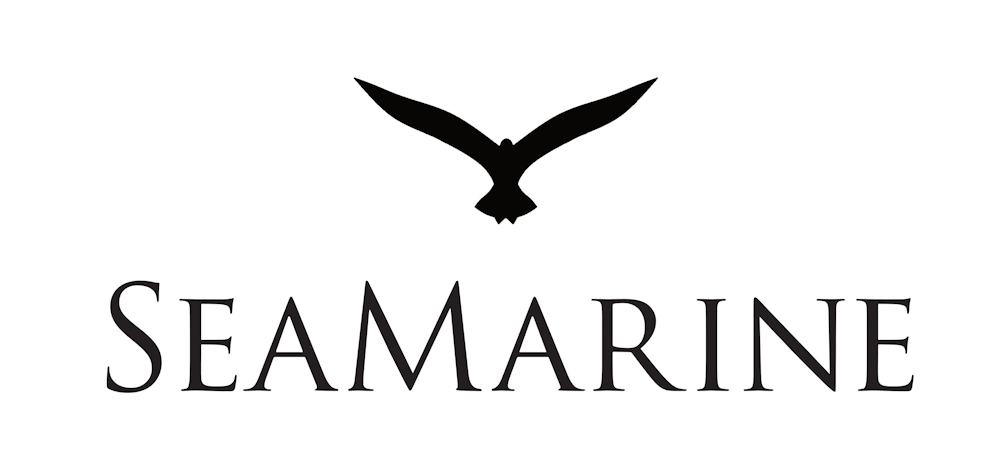
Global Market Growth
Global Luxury Market
The global luxury wristwatch market is projected to reach approximately £41.56 billion in 2024 and is expected to grow to around £55.22 billion by 2029, reflecting a compound annual growth rate (CAGR) of 5.84% during this period.
“Swiss watch exports continue to dominate the market. Reaching a record value of £23.8 billion in 2023, Switzerland exports approximately 16.9 million watches every year.”
Luxury and Non-Luxury
The global watch market is projected to reach approximately £133.88 billion by 2032, growing at a compound annual growth rate (CAGR) of 4.82% from 2024 to 2032. In 2023, the market was valued at about £82.55 billion.
Swiss Export Domination
The Swiss watch industry generated approximately £23.8 billion in exports in 2023, reflecting its strong position in the luxury market. After a significant decline in sales during the pandemic, the market rebounded quickly. The Federation of the Swiss Watch Industry noted a 31.2% increase in exports in 2021 compared to 2020, driven by luxury mechanical and quartz watches.
The Big Five Swiss Players
The market is dominated by a small number of brands with the top 5 Swiss brands representing more than 50% of the market. While the Far East, particularly Japan, has made in-roads into the sector with brands like Grand Seiko positioning themselves as a high-end alternative to Swiss luxury brands, their premier brand’s market share is still less than 4%.

£7.1B

£2.2B

£1.8B

£1.3B

£1.3B
Key Export Markets
America | Europe
The USA remains one of the largest markets for Swiss watches, followed by strong demand from countries like the UK, Germany, and France. The appetite for luxury watches remains strong in Western markets, particularly for limited-edition and bespoke timepieces. The US luxury watches segment alone is valued at approximately $10 billion.
Asia | Far East
China and Hong Kong represent some of the largest markets for Swiss watches. In 2022, China accounted for about 14% of total Swiss watch exports. The region has a growing affluent consumer base, particularly interested in high-end, luxury products.
Middle East
Wealthy consumers in countries like the UAE and Saudi Arabia are major contributors to Swiss watch sales. The Middle East is known for its demand for exclusive, high-end products.
Consumer Trends
Luxury and Exclusivity
Consumers are increasingly seeking out luxury watches as status symbols. The rarity of certain models, especially limited editions, drives demand among collectors and high-net-worth individuals. The “Swiss Made” label remains synonymous with high quality, allowing Swiss brands to charge premium prices for their timepieces. Even beyond the big 5, the market is overwhelmingly dominated by Swiss luxury brands.
Sustainability and Ethics
Today’s consumers are more environmentally conscious, leading to a preference for brands that emphasise sustainability. Transparency in the sourcing of materials, ethical production processes, and green initiatives are becoming key selling points.
Smartphone Competition
While Swiss watches are popular in the luxury segment, they face competition from smart watches, particularly in the mid-range market. However, Swiss brands continue to thrive by catering to consumers who prioritize craftsmanship over technology.
Digitalisation and Ecommerce
Swiss brands have historically been slow to adopt e-commerce strategies, but the pandemic accelerated their shift toward online retail. This transformation opens new growth avenues, especially in regions like Asia and the Middle East, where e-commerce is booming.
Market Resilience
Today’s consumers are more environmentally conscious, leading to a preference for brands that emphasise sustainability. Transparency in the sourcing of materials, ethical production processes, and green initiatives are becoming key selling points.
Rise of the Microbrand
Shifts in consumer preferences for uniqueness and value for money, digital sales and direct-to-consumer models, niche specialisation with passionate founders, access to global supply chains, and disruption of traditional brand loyalty mean dramatic opportunities for Microbrands. Find out more about the opportunities for SeaMarine here.
